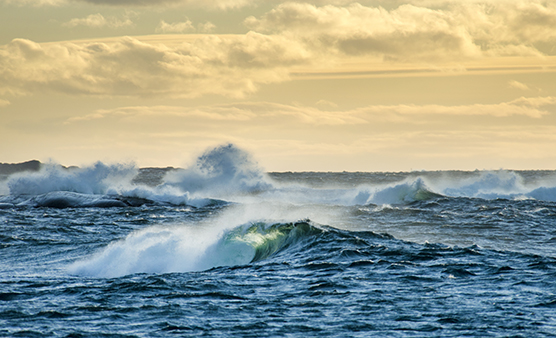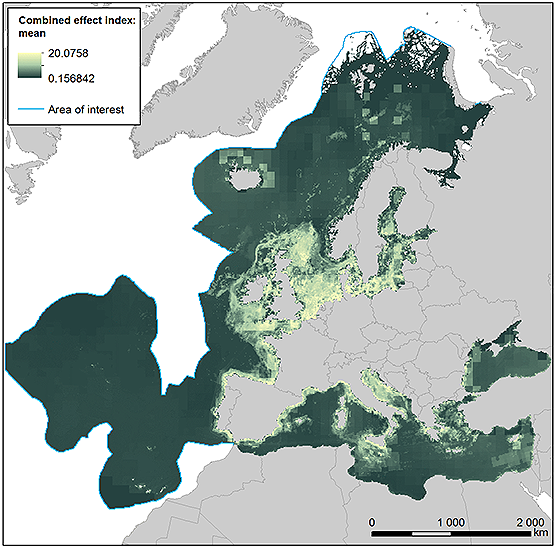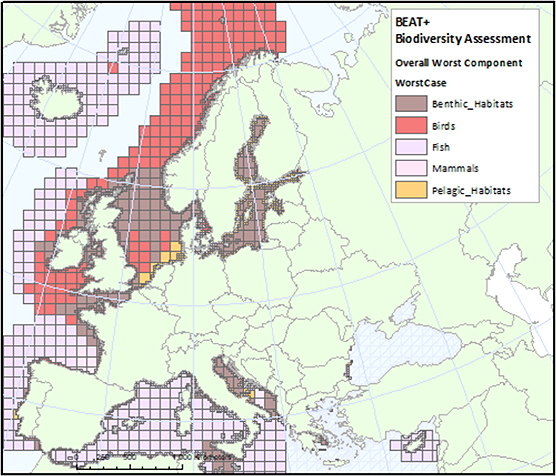
© Riku Lumiaro.
The load of nutrients and dangerous substances is decreasing in all European maritime areas, but the impacts caused by the load have not yet been averted. Similarly, most fish stocks are beginning to recover from overfishing in Northern European sea areas. However, overfishing in the Mediterranean and Black Sea remains a major problem. These are the findings of two new reports that the Finnish Environment Institute’s (SYKE) marine scientists have been working on for the first time on a European scale.
“SYKE is a pioneer with integrated ecosystem assessments that combine several ecosystem indicators and provide an overall view of the pressures and status of the sea area. These estimates can be used to say which group of organisms is in the weakest state in each area and why”, Research Manager Samuli Korpinen from the Finnish Environment Institute describes SYKE’s role in the project.
Human activity at sea is growing. In SYKE’s map-based assessment, fishing covers more than 40% of the surface area of peripheral seas and shipping covers more than 90%. Bottom trawling of the shallow marginal seas changes the habitats of entire sea bottoms. Recently, researchers have awakened to problems caused by underwater noise from shipping, but the overall impacts of noise are not yet sufficiently known to assess the severity of the harm. In total, regional data describing 15 pressures on marine ecosystem was used in the assessment, the impacts of which were assessed on 30 elements of the marine ecosystem.
Both reports show that strong and concrete measures can improve the condition of the environment, as is shown, for example, by the recovery of the stocks of Bluefin tuna in the Atlantic as a result of a fishing ban. On the other hand, according to reports, poorly planned measures do not seem to have a significant impact. Using all indicators used in marine ecosystems, it could be demonstrated that the marine ecosystem has not been uniformly disturbed in Europe (Map 2).

Map 1. Assessment of the overall impact of human pressures on European maritime areas. A stronger yellow colour describes a stronger human effect.1.

Map 2. Near the coast, the bottom ecosystems were damaged, but large marine mammals and sea birds were in the weakest state further away from the coast. On the other hand, the habitat of these groups of species has for a long time shifted further from inhabited areas.
Reports
More information
- Research Manager Samuli Korpinen,
Finnish Environment Institute SYKE, firstname.surename@ymparisto.fi